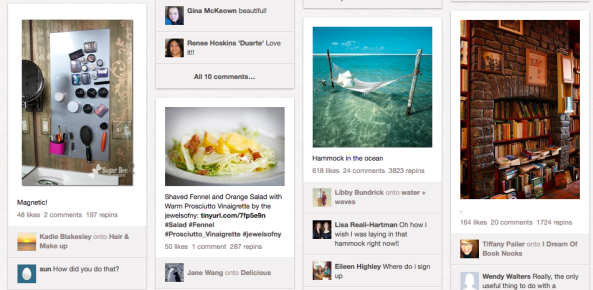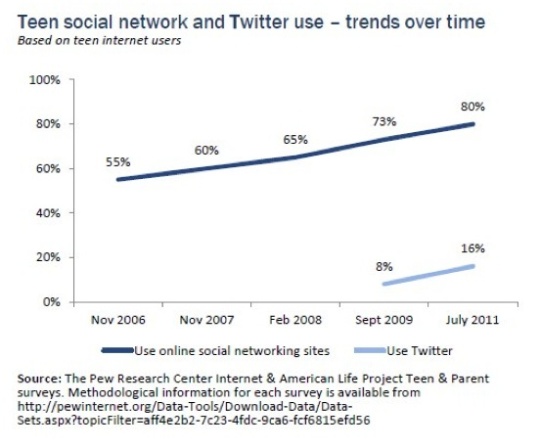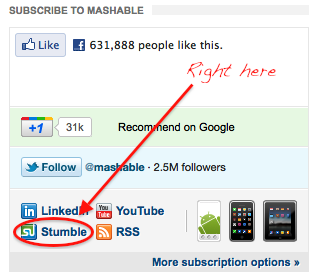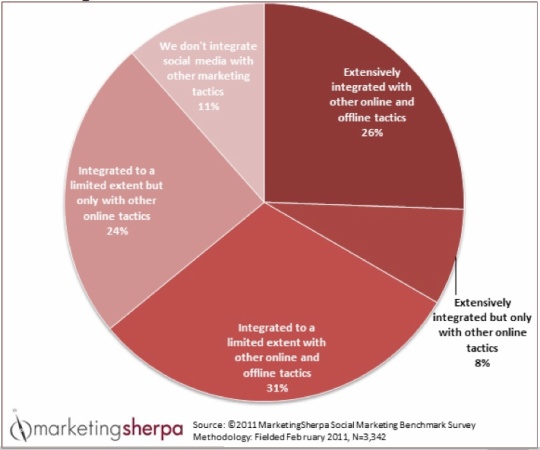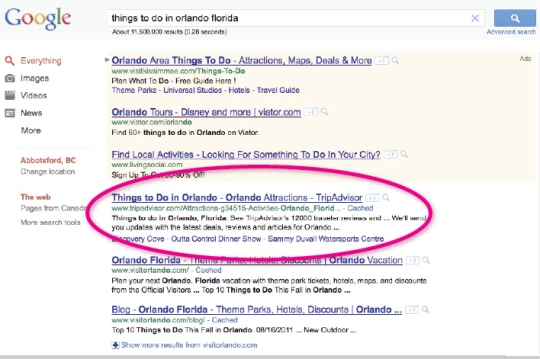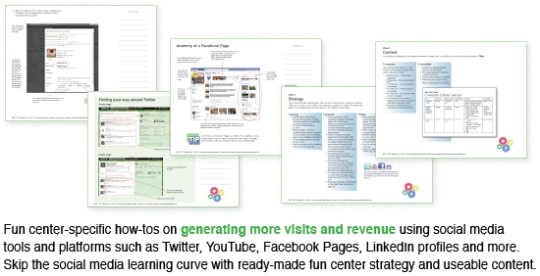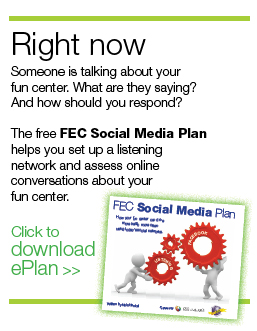What you should know about Pinterest
Pinterest.com is the latest social media platform that has been getting a lot of press lately. In fact, as a website that refers people to other sites, it ranked only lower than Facebook, Stumbleupon, Google and Twitter (as of January 2012.) Pretty impressive. It also ranked higher than Google+, YouTube and LinkedIn combined. See the story here, at blog.shareholic.com.
What is Pinterest?
Pinterest.com is a website that lets you pin things you like and share them with others. It’s like a virtual bulletin board, where you’d put images of things you like, re-pin things you like that others have pinned, etc.
The things I see that sets it apart are:
- The images people pin are stunning—right out of Martha Stewart Living (I read somewhere that MSL online magazine gets a TON of traffic from Pinterest, as that’s where a lot of people find images of things they love…and then pin.)
- Therefore, no surprise it skews to the female demographic.
- Pinterest is very visual—beautifully visual, as you can tell from the image below (you could probably take some of these kinds of shots of your fun center!)
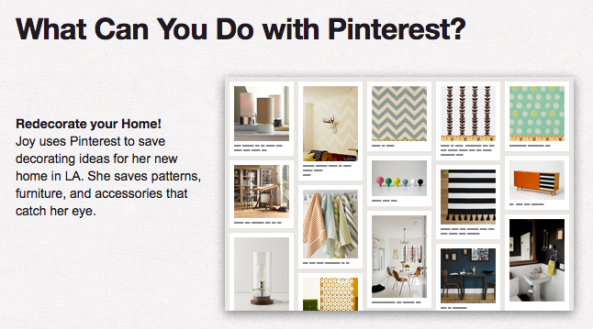
There are also "travel boards" people keep. Do you see where this could help you? Click image to read Pinterest's about page.
Like all social media platforms you can be a lurker (read, comment, and re-pin other’s content) or a participant (take your own photos and pin them to your board.) If you can take colourful shots, or delicious food pics you can almost smell through your monitor, then DEFINITELY plan to participate on Pinterest. Visit it and check it out to see if it’s something that would work for you.
Caveats about Pinterest.com
I’ve seen many “How to use Pinterest for your business” ebooks and articles, and I’m a little skeptical. First of all, I tried to join and received a very nice “you’re in the approval queue” email. So they are screening who applies. I’ve also read everywhere that self promotion is heavily discouraged, and business promotion is outright verboten.
Apparently, Pinterest is still in beta version, so possibly there will be a business version or section of it down the road. I would encourage you to participate as an individual who happens to own a B&B, and then post beautiful shots or luxurious linens, colourful bedside table arrangements…things of beauty you think others would re-pin. Of course, these shots would be posted on your B&B’s website, where people will link to once they click to re-pin your image!
Great strategy, however I can’t test it yet. Once I get approved (assuming I do!) I’ll try it out myself, and post findings back here on the blog.
Until then, happy viewing!

